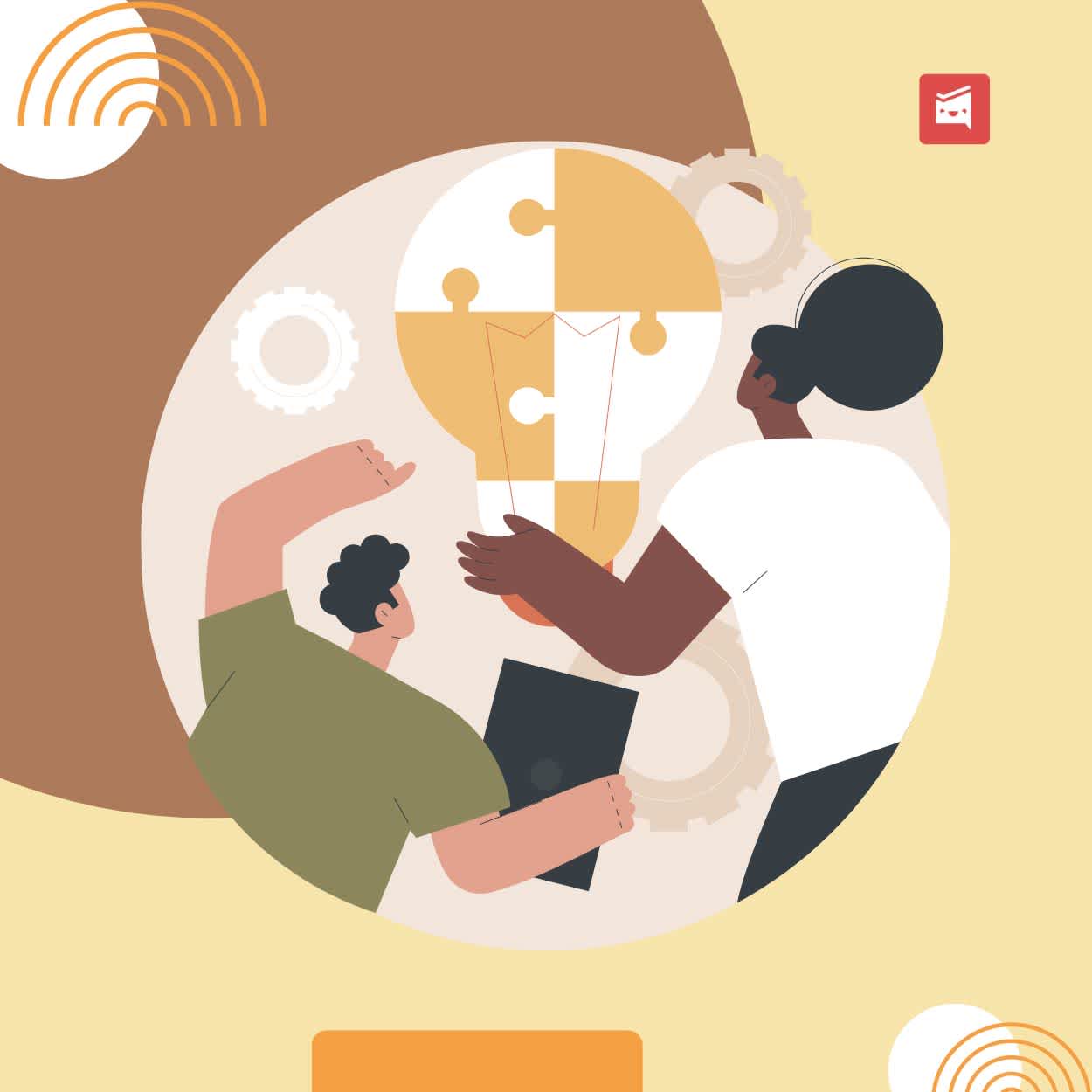15 Most Important Idea Generation Techniques When Managing Projects
ByJulian Gette
Workast publisher

Workast publisher
Innovation and creativity are essential for any business to thrive in today's fast-paced world. Generating fresh, innovative ideas can drive business growth, solve existing problems, and keep your company competitive. This blog post explores 15 essential idea-generation techniques, each offering unique ways to stimulate creativity and develop new concepts.
Brainstorming is one of the most well-known idea-generation techniques. It involves bringing a group together to generate as many ideas as possible on a given topic. The key principle is to encourage free thinking and avoid criticism during the idea generation phase. This helps participants feel comfortable sharing even the most outlandish ideas, which can sometimes lead to the most innovative solutions. To conduct an effective brainstorming session, set clear goals and guidelines. Encourage all participants to contribute and build on each other's ideas. Use tools like whiteboards or sticky notes to visualize the ideas generated.
Mind mapping is a visual tool for organizing and connecting ideas. It starts with a central concept, with related ideas branching out from it. This technique helps you see the relationships between different ideas, which can lead to deeper insights and more creative solutions. To create a mind map, write the main idea in the center of a page and draw branches for related ideas. Use keywords and images to represent these ideas, making the map as detailed as necessary. Mind mapping is beneficial for brainstorming sessions, project planning, and problem-solving.
SCAMPER is an acronym that stands for Substitute, Combine, Adapt, Modify, Put to another use, Eliminate, and Reverse. This technique encourages you to think about existing products, services, or processes in new ways by applying each of these actions. For example, you might ask, "What can we Substitute in this product to make it better?" or "How can we Combine these two ideas?" SCAMPER helps you explore multiple dimensions of an idea and generate creative solutions.
Brainwriting is similar to brainstorming but involves writing ideas down instead of speaking them out loud. Each participant writes their ideas on paper and then passes them to the next person, who builds on them. This technique can be more effective than traditional brainstorming. It allows quieter team members to contribute equally, minimizes the influence of dominant personalities, and encourages a broader range of ideas.
Developed by Edward de Bono, the Six Thinking Hats method involves looking at a problem from six different perspectives, each represented by a colored hat: White (facts), Red (emotions), Black (critical judgment), Yellow (optimism), Green (creativity), and Blue (process control). By systematically exploring different aspects of a problem, you can develop a more rounded understanding and generate more balanced solutions. This technique helps teams avoid groupthink and encourages more diverse viewpoints.
SWOT analysis stands for Strengths, Weaknesses, Opportunities, and Threats. This technique helps you identify the internal and external factors that can impact a project or business decision. By analyzing these four aspects, you can generate ideas that leverage your strengths, address your weaknesses, capitalize on opportunities, and mitigate threats. SWOT analysis is particularly useful for strategic planning and decision-making.
Specialized software tools can significantly enhance your idea-generation process. These platforms provide structured environments for brainstorming, collaboration, and idea management. They often include mind mapping, digital whiteboards, and voting systems to prioritize ideas. Adopting idea management software can streamline the idea-generation process, making it more efficient and organized. These tools help collect and refine ideas, facilitating collaboration and ensuring the best ideas are developed into actionable projects.
Implementing specialized software can significantly enhance your idea-generation efforts. These platforms provide structured environments to facilitate brainstorming and seamless collaboration. With tools like mind mapping and digital whiteboards, your creative journey accelerates. Adding DreamGen's story ideas tool to this toolkit can further light creativity, offering writers an unlimited stream of story concepts effortlessly.
Role-storming is a variation of brainstorming in which participants assume different roles or perspectives. For example, you might ask, "How would a customer view this problem?" or "What would our competitor do?" This technique helps you see the problem differently and generate more creative solutions. It also encourages empathy and understanding of different stakeholders' needs and concerns.
Reverse thinking involves flipping your assumptions and thinking about a problem differently. For example, instead of asking, "How can we improve our product?" you might ask, "How can we make our product worse?" This technique can reveal hidden assumptions and lead to unexpected insights. Considering the Reverse, you might uncover new ways to address the original problem.
The random word technique involves using a chosen word to spark new ideas about your problem. For example, if you're trying to improve a product, you might randomly select the word "ocean" and think about how concepts related to the ocean could inspire new ideas. This technique helps break free from conventional thinking patterns and stimulates creative associations. It's a simple but effective way to generate fresh ideas.
The fishbone diagram, also known as the Ishikawa diagram, is a tool for identifying the root causes of a problem. The main problem is written at the head of the "fish," with potential causes branching out like bones. By systematically exploring these causes, you can identify key factors contributing to the problem and generate ideas for addressing them. This technique is beneficial for quality control and process improvement.
The lotus blossom technique involves expanding on a central idea to generate related concepts. You start with a central idea in the middle of a grid, then write associated ideas in the surrounding squares. Each of these ideas can then be expanded further. This technique helps you explore different dimensions of a problem and develop a comprehensive set of ideas. It's useful for brainstorming sessions and project planning.
Storyboarding involves creating a visual narrative to explore a problem or concept. You can identify potential issues and generate new ideas by illustrating each process step or telling a story. This technique benefits product development, marketing campaigns, and user experience design. It helps you see the big picture and consider the sequence of events.
The mash-up method involves combining two unrelated concepts to create something new. For example, a smartphone's features could be combined with a coffee maker's to create a smart coffee maker. This technique encourages out-of-the-box thinking and can lead to innovative products and solutions. It's a fun and creative way to generate new ideas.
The provocation technique, part of lateral thinking, involves making provocative statements to challenge assumptions and stimulate new ideas. For example, you might say, "Let's assume we have unlimited resources," and see where that leads. This technique helps you break free from conventional thinking and explore new possibilities. It's beneficial for overcoming mental blocks and generating radical ideas.
